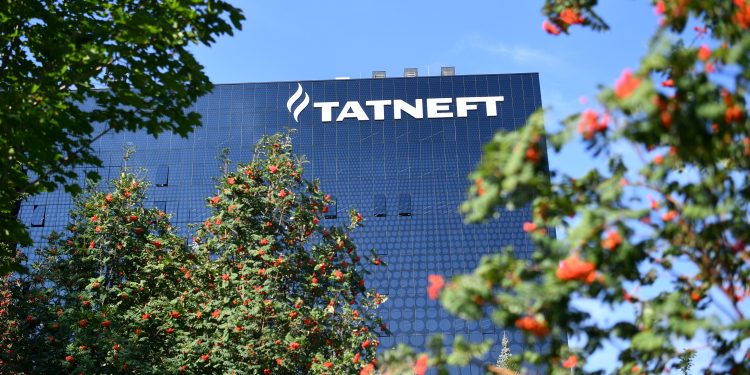Neural Network Will Determine the Age of Rocks
Scientists from the Advanced Petroleum Engineering School of the Higher School of Petroleum presented their developments at the International Oil and Gas Youth Forum in Almetyevsk. The Devon News Agency learned about this from a report from the HSE.
Thus, geologists and paleontologists are training neural networks to determine the age of rocks. The flagship projects of the HSE Laboratory of Geology and Stratigraphy of Sedimentary Basins are the digital correlation of rock layers and the geometrization of geological objects under the Earth.
After training, the neural network will be able to identify fossils and draw conclusions about the geological time when the studied sediments were formed. The product will increase the efficiency of hydrocarbon search and the speed of decision-making (for more details, see the Inform-Devon article).
Meanwhile, PINSH materials scientists are developing hybrid cords based on various types of high-modulus fibers. This is necessary for the manufacture of tires with improved performance characteristics. Plasma modification technologies are used to increase adhesion to the rubber matrix.
The resulting materials have increased tensile, compressive and bending strength. They are much lighter than existing analogues. Another area is barrier materials that are resistant to oxygen penetration.
In addition, nanocomposite structures with a polymer matrix reduce the diffusion rate of low-molecular substances. They can be used, for example, in pipes for heat carriers.
New materials are being created at the Higher School of Oil that are promising for use in “smart” windows and flexible optical-electronic systems. These are transparent conductive coatings, including micromesh ones. They are obtained using magnetron sputtering.
And the designers of the Advanced Engineering School have developed an integrated model of oil fields. It shows the full technological path of oil from the reservoir to derivatives, including increased energy efficiency of the reservoir pressure maintenance (RPM) system. Thanks to the use of this model, oil recovery has increased to 15%.
At the Youth Oil and Gas Forum, IT engineers presented the Unified Digital Engineering Platform. It serves for optimal planning and increasing the efficiency of decisions. Its architecture is built on Tatneft projects: exploration and production, biotechnology, and smart city.
With the help of these developments, Tatneft intends to provide itself with reliable data on production processes. Based on them, the company plans to create autonomous systems using artificial intelligence and develop its own technological solutions.
Next, a Unified Digital Engineering Platform should be created that will seamlessly transmit this data.











